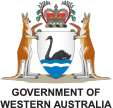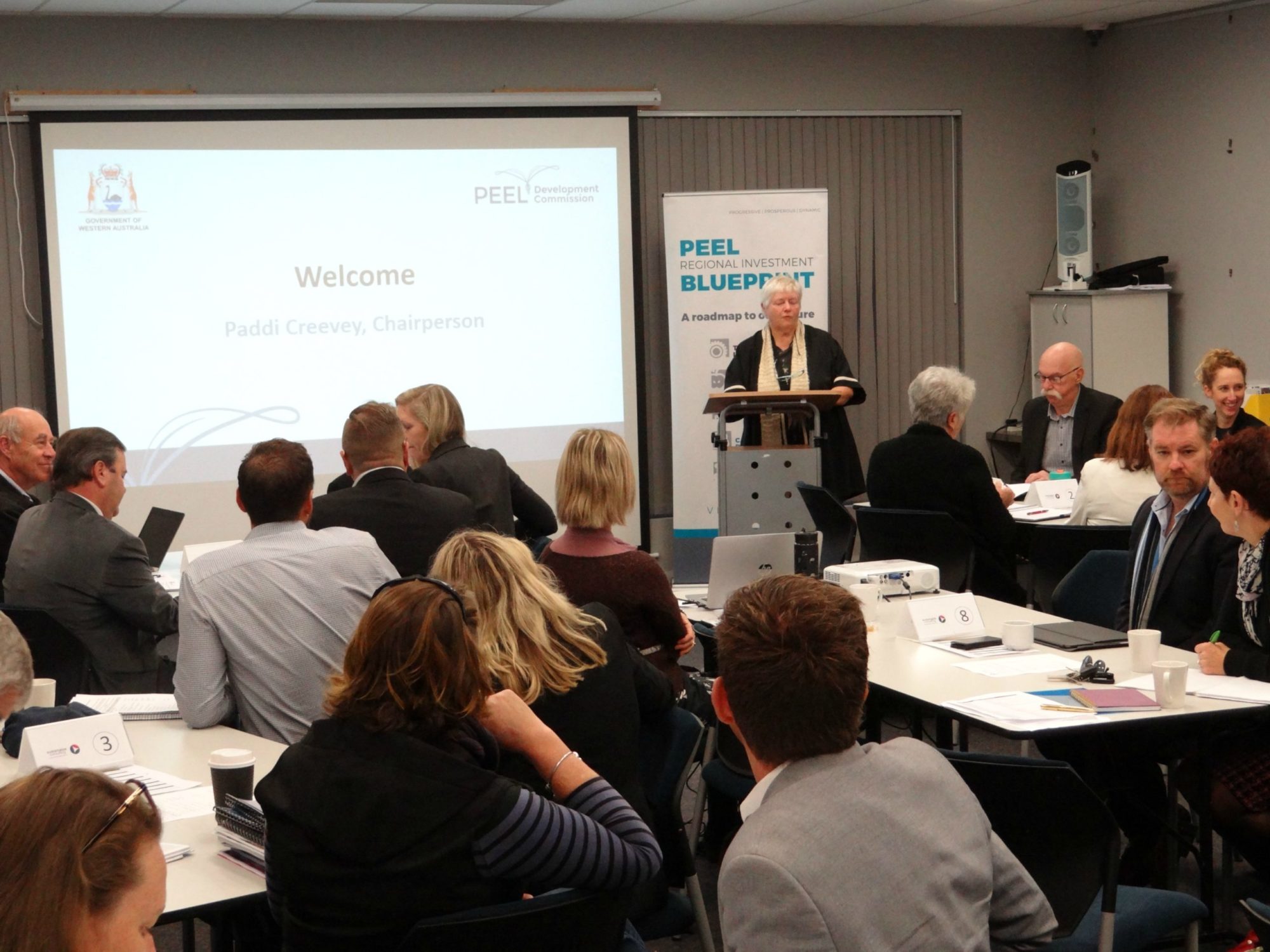The continued rapid growth of the Peel region not only means that a clear vision for the future is as critical as ever, but that a collaborative effort towards achieving that vision is fundamental. The Peel Regional Investment Blueprint provides a shared vision of the Peel as a progressive, prosperous and dynamic region with a culture of care and provides a roadmap for its achievement to 2050. The recent Regional Stakeholder Engagement Workshop was testament to the commitment of our regional leaders and industry representatives toward collaboration on the priorities for Peel.
A monitoring and review process of the Blueprint has been undertaken since January to gauge our achievements against objectives and to update our knowledge of stakeholders’ short term plans.
This monitoring and review process enabled the identification 205 initiatives, that are either planned or underway in the region, against 73 Blueprint strategies. Of these, 103 are underway and 18 are complete, which shows that there’s so much activity around the region that is well-aligned to these objectives. That speaks volumes about the relevancy of the document and that collaborative contribution is evident at many levels.
The conversations with stakeholders around achievements and short term plans were synthesised into four areas identified as having the most opportunity for collaboration being; environment with a tourism focus; transport; employment; and agriculture and food. The focus of the day was for our regional leaders to design one leveraged project or program in each of those four areas that could make a significant difference to the region over a 5 to 10 year period.
Some of the ideas that were generated included a transport plan so we can better understand the flows of freight and passengers through our region now and into the future, enabling us to better plan for efficient economic contribution and development.
The development of a regional growers group was also suggested to engage existing agriculture and food providers in the development of the industry. Planning for agriculture and food sector growth requires direct input from industry growers, producers and land holders because they are the ones who are making the investment and taking action to grow our regional economy.
Our next steps are to produce a report summarising the outcomes, working with nominated leads for the actions we determined, as well as releasing scorecards and a Peel in Focus document to the public in September.
Most of all, it’s important for the community to know that our regional leaders have the same commitment toward jobs and growth, and we recognise that by working together, we can achieve more positive outcomes for the Peel region. The priorities of State, Federal and Local governments are in close alignment – without conflicting goals, we are extremely well-placed to succeed in our collaborations to achieve job creation and economic diversification in the region.



